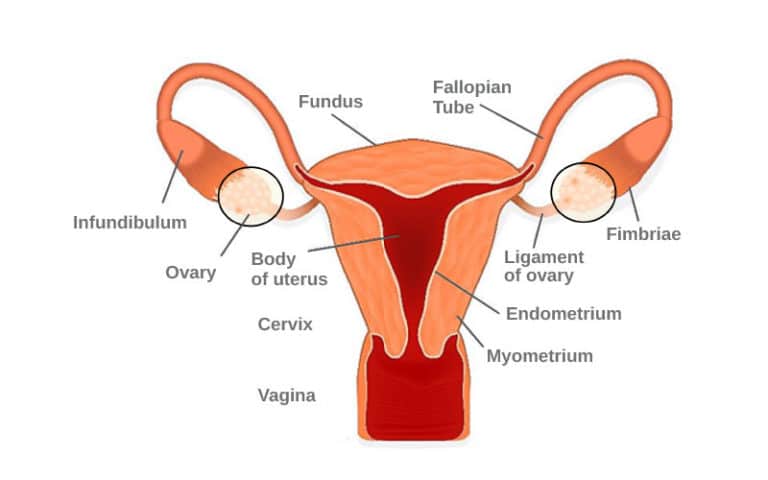














BHRT stands for Bio-Identical Hormone Replacement Therapy. Note that the “B” stands for Bio-Identical, not biosimilar. During the development of a therapeutic project, any modification in the manufacturing process can create slight changes in the structure of the resulting drug, thus creating a “biosimilar.” [McCamish, Clinical Pharmacology & Therapeutics 2012 /p409 A]. The term “Bio-Identical,” as defined by experts from The Endocrine Society, is a compound that has exactly the same chemical and molecular structure as the hormones produced in the human body. [Files Mayo Clinic Proceedings 2011 /p674 A]
A simple way to describe hormone imbalance is that any of your hormone levels are not within the expected normal range. Because hormones are kept within a certain range to perform specific functions, hormone imbalance can be associated with a variety of symptoms and functional changes in the body.
Hormone imbalance in men and women differs because of the hormones involved and the function of the hormones that are not within the normal range or not functioning properly.



Conventional hormone therapy uses synthetic hormones or animal-derived hormones that may not exactly match the hormones produced by the human body. Bioidentical hormone replacement therapy (BHRT), on the other hand, uses man-made hormones that have the exact same chemical and molecular structure as human hormones. This similarity allows them to integrate more naturally into the body, potentially reducing side effects and improving efficacy.
Individuals with certain medical conditions should avoid BHRT. This includes those with a history of hormone-sensitive cancers (such as breast or prostate cancer), unexplained vaginal bleeding, blood clots, liver disease, or stroke. It’s important to consult with a healthcare provider to determine if BHRT is a safe option based on personal medical history and health conditions.
Bioidentical hormones are used to treat symptoms of hormone imbalance, such as those associated with menopause, andropause (male menopause), and other hormonal disorders. They can help alleviate symptoms like hot flashes, night sweats, fatigue, mood swings, weight gain, and decreased libido. By restoring hormone levels to their natural balance, BHRT aims to improve overall well-being and quality of life.
The time it takes for BHRT to start working can vary from person to person. Some individuals may begin to notice improvements in their symptoms within a few days to weeks, while others might take several months to experience the full benefits. Factors such as the severity of the hormone imbalance, the specific hormones being replaced, and the form of administration can all influence the response time. Regular follow-ups with a healthcare provider can help monitor progress and make any necessary adjustments to the therapy.
Are you ready to become a member? Great! We’re excited to have you on board. Just fill out the form to get the ball rolling and we’ll be in touch.
Still want to learn more about direct primary care or our practice? Check out our FAQ page for answers to many common questions.
Get in touch! We’re happy to chat and answer questions, at no obligation to you.
6600 Topanga Canyon Blvd. Unit 1042
Lower level at Wesfield Topanga next to Nordstrom
Canoga Park, CA 91303